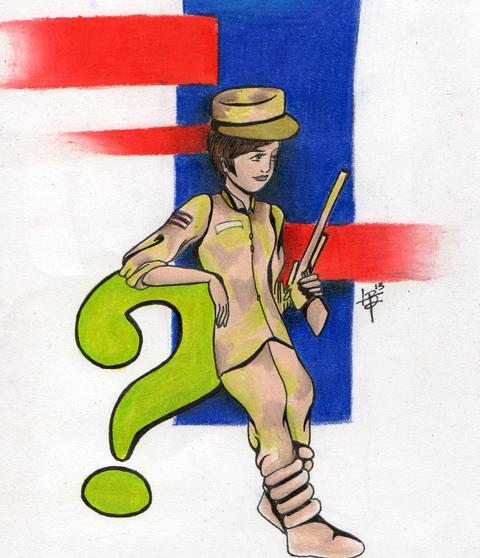Women are more than capable of being on an intellectually equal footing with men.
And without doubt, there are women who are able to excel and even surpass their male counterparts.
But before we send these women to the battlefield, we must ask the following: can the average woman handle it? Should we raise our standards for women in training?
And finally, should we take extra precautions to ensure their psychological well-being and safety on the front lines?
Physically speaking, less is expected from women than from men, even in boot camp. In basic training for all five services of the Armed Forces, a lower bar is set for female recruits. They are expected to do fewer push-ups, for example.
The requirement of an 18-year-old male recruit is 35 in the United States Army, while the mandate for a female recruit of the same age is only 15.
In the two-mile qualifying run, a male candidate is expected to make the run in no less than 16 minutes and 36 seconds, whereas the female recruit is given 19 minutes and 42 seconds.
The disparities do not end there. A 27-year-old male is asked to do 67 sit-ups, while a woman of the same age will only be required to do 36. Women are not trained to perform at the same level as men are, yet when they arrive on the battlefield, the enemy will demand that they fight just as hard as their male counterparts.
Women are also more emotionally sensitive than men. While the male brain and body are fueled by adrenaline and testosterone, the female hormones make women more inclined to be bothered by the horrors of war.
When a woman is exposed to comrades dying, people being killed, and blood and body parts spilled on both sides, it may be more than they can handle, especially when we consider the impact this has on men. There is no shame in this matter, but it is a potential and serious risk that we will have to take into account.
According to research compiled by the American Psychological Association, women with previous experience in high-stress environments, as well as those who are sufferers of sexual harassment, are more likely to suffer from post -traumatic stress disorder than men are. When this is combined with combat, which is likely the most high-stress environment of all, the odds of women returning with PTSD are greatly multiplied.
This will be a cost not only to them, but to the taxpayers and charities that cover the expenses of intense therapy. If they are more likely to suffer from the aftershock of brutal warfare, then it would be cruel to send them in, and additional psychological screening may be necessary to make sure of their fortitude to enter the battlefield beforehand.
Finally, we must ponder something not often considered: the psyche of the enemy. The Al Qaeda and Taliban that we are currently facing are fighting for principles based on a radical interpretation of Islamic scriptures. In this fundamentalist mindset, women are treated like second-class citizens, even to the point where they are often banned from going to school or holding down a job. Women in Taliban-held Afghanistan faced stoning for adultery, and could even be beaten for wearing the wrong clothing.
The Taliban are not tremendously keen on following the rules of war stated in the Geneva Convention. The tortures that a male prisoner of war will suffer at Al Qaeda hands are bad enough, but what would happen if they found out that a woman has been fighting and killing their comrades? And what would happen to that woman if she is captured? The results of their retaliations on her could be disastrous. She is likely to face rape, horrific torture, and finally execution at the hands of her enemies.
Women are more than capable of serving their country, and history has shown time and again their abilities to conquer the odds. But as empowering as it may be for women to serve in combat on the front lines, there are serious and possible consequences we have to consider.








